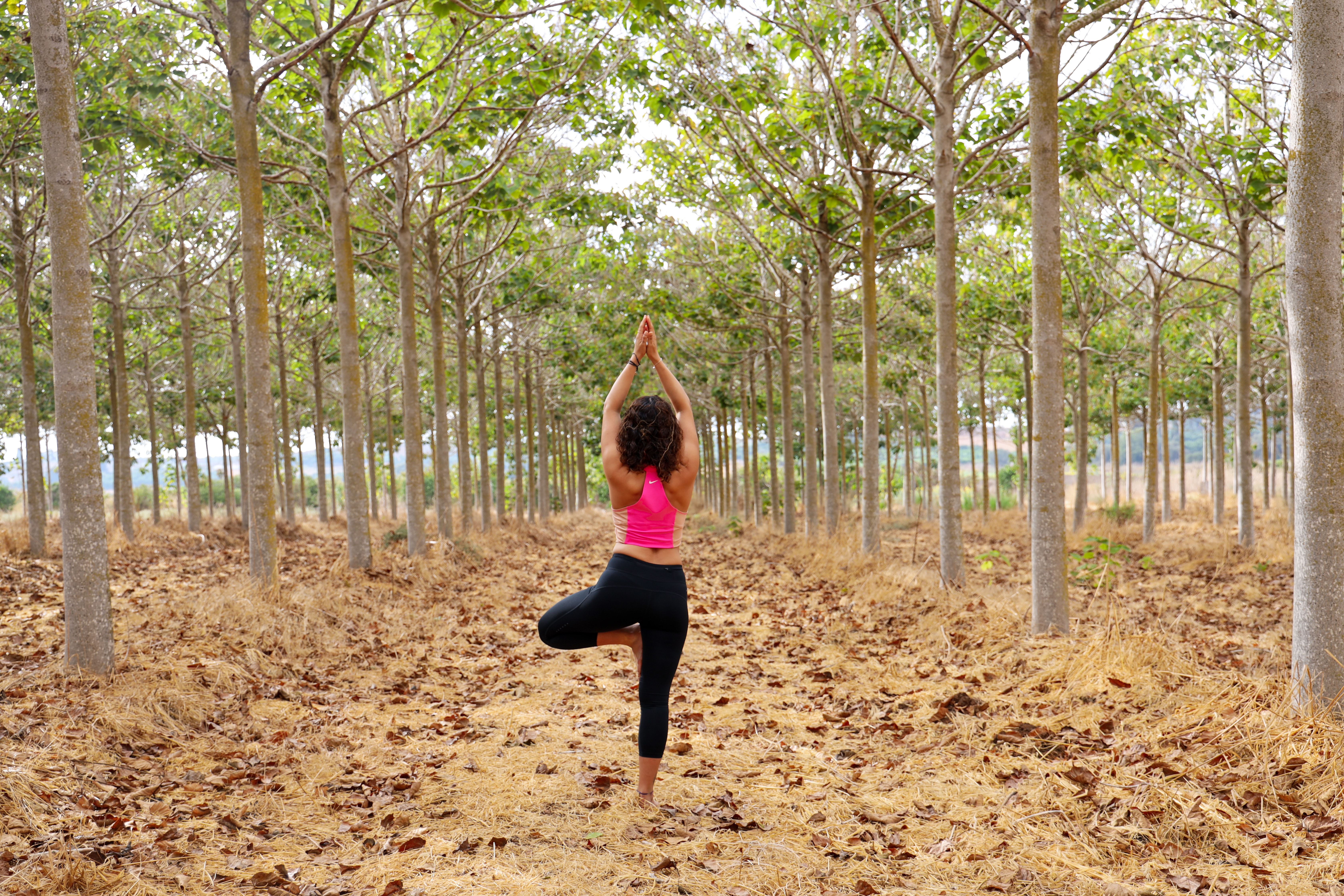I’ll never forget my first yoga class. I was a stressed out and harried grad student and decided to go for it despite considering myself highly uncoordinated and inflexible – the class was offered as a part of my school’s gym membership, so what did I have to lose?
As the teacher guided us through a series of gentle yet strengthening postures, encouraging us to connect with our breathing, I learned that yoga is way more than just a workout. I felt the chatter of my mind slow down, the space around my heart open and soften.
I let go of my to-do list and worries about finances and relationships and let myself sink fully into the mat during the final relaxation pose, savasana. It didn’t matter that I couldn’t touch my toes; I was encouraged to show up just as I am.
Not all yoga teachers and teachers are created equal, and I’m lucky that my first experience was with a teacher who exuded and encouraged gentleness, self-compassion and non-competitiveness. Fast forward a little more than a decade and many yoga classes, teachers and pursuing my own teacher training later, and I can tell you that it’s not always a blissful experience like I described in my first class.
There are times when the practice can feel physically and emotionally raw and vulnerable, when the thoughts and sensations are painful. This is when the practice can be the most healing, when we learn to show up for ourselves even in the dark and hurting places, and we breathe, move, sigh, cry through it.
Yoga provides a beautiful metaphor for experiencing the impermanent nature of our thoughts, feelings and physical sensations. Just as in therapy, students of yoga are encouraged to show up authentically, to listen to their inner experiences and connect with the wisdom of their bodies.
For trauma survivors, yoga can be a wonderful tool for widening the window of tolerance and accessing the places of strength, tenderness and courage inside.

Whether you are yoga-curious or have done yoga before but aren’t sure how to connect it more to your journey of healing trauma, here are some helpful things to consider:
- The style of the yoga
Yoga’s origins can be traced back to over 5,000 years ago in northern India (where I was lucky enough to get my teacher training in 2018!). The movement (asana) portion is just one of yoga’s 8 limbs. Breath-work (pranayama), meditation and concentration practices are also vital aspects of yoga that can help trauma survivors connect to their bodies and inner experiences in a safe manner.
If you’re just starting out, I recommend google searching or attending IRL classes that have words like “beginner” and/or “gentle” in their titles. You can also look for classes that are specifically trauma-informed and/or led by teachers who are registered yoga therapists.
Vinyasa and hatha are two of the more popular styles out there. Vinyasa classes are usually more flowy and strength-building, where in a hatha class you will likely settle into poses for longer periods of time. Yin yoga is a more passive style of yoga that will get deeper into your muscles, joints and connective tissues (this can be really great for deeper releases, but may be challenging for someone just starting out).
Yoga nidra is a more medativie and restorative practice of yoga where you can experience deep restfulness via a guided body-scan, imagery and other methods of meditation and concentration
This is not an exhaustive list of yoga styles and lineages by any means! Do your research, and don’t let one not-so-great class or teacher turn you off. I encourage clients who are just getting into the practice of yoga to experiment with a variety of classes and styles and ask friends, family and/or coworkers for recommendations.
- The teacher’s background
You’ll want to make sure that the person guiding you through the yoga class has at least their 200-hour level yoga teacher training (RYT-200). A teacher who has gone through a trauma-informed yoga certification process will bring more awareness to things like the impact of certain postures to elicit strong emotions and/or dissociation and will offer choice around things like whether or not you want hands-on adjustments.
- The space and setting
Yoga classes are most often offered in a designated yoga studio, although many gyms have yoga classes on their schedule. It’s also becoming more common to find outdoor yoga classes during warmer months.
The environment and setting of the class can definitely impact the level of comfort and safety that you feel. Consider visiting the space before signing up for a class, or at least looking it up online.
There’s a ton of great youtube yoga out there as well (I highly recommend checking out Yoga with Adrienne – she’s got a ton of beginner-friendly videos and classes specific to trauma and/or mental health), which will require you to create a space in your own home that feels cozy, comfortable and gives you enough space to stretch out.
- Choice and agency
With trauma, a person’s sense of control over their environment is often taken away, so you’ll want to remember that no matter what class you choose to go to or video you cue up at home, how you move your body is ultimately up to you. If something doesn’t feel right, you can always come out of it.
Yoga will help you differentiate between discomfort and danger, so that you can make more informed choices about how to move through the world. A gentle and trauma-informed practice gives you room to begin to dip your toe into the world of sensation, noticing and finding center and strength even in challenging situations.




0 Comments